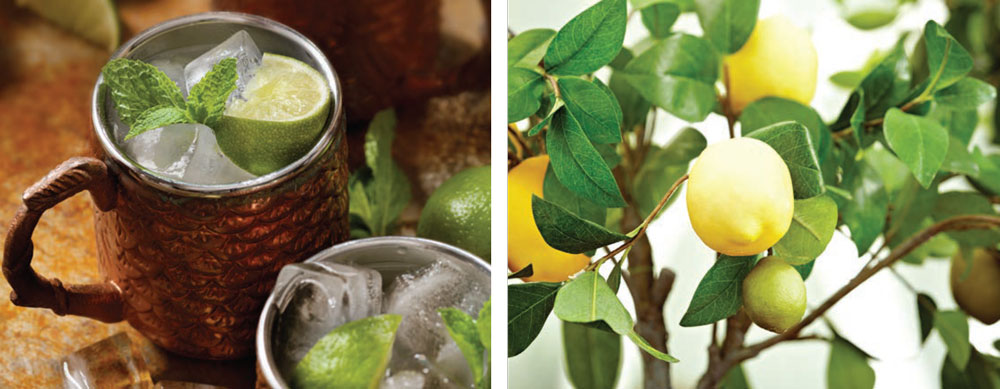Grow Sunshine | At Home with Citrus
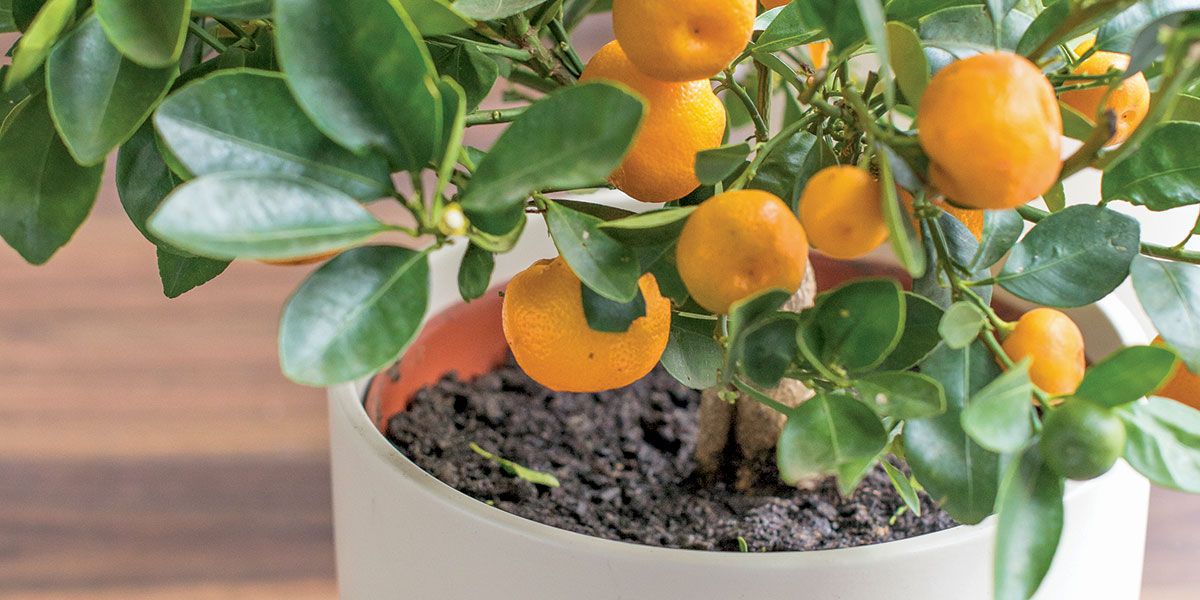
Imagine reaching over to grab a little piece of sunshine in the form of a juicy lemon or lime after your concentrated effort, combined with a bit of patience, results in successful growth of your own citrus fruits. Citrus plants tend to be easy to grow. However, successful fruit production requires taking your knowledge of plants and gardening to the next level. You must also be extremely familiar with the ins and outs of your home regarding sunlight, air circulation and temperature fluctuations. If you are ready to go from casual gardener to serious cultivator, growing citrus at home may be in your future.
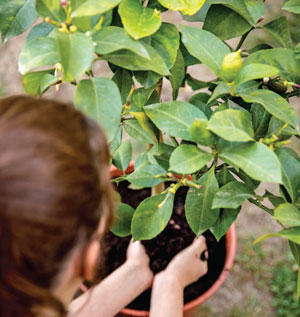 Small varieties with delightful results
Small varieties with delightful results
Popular and successful citrus plants that grow well at home include dwarf varieties of Meyer lemon, Key lime, Calamondin orange, Rio Red grapefruit and Dancy tangerine. Most of these fruits are more sour than sweet, since sweeter fruits require copious amounts of sunlight and warmth for proper ripening.
Here’s a closer look at each:
Meyer lemons are a cross between a lemon and a mandarin orange, and have a slightly sweeter taste than a traditional lemon.
Key limes are similar in taste to a Persian lime that you find in the grocery store, but are smaller in size and tend to be more yellow than green.
Calamondin oranges are a cross between a mandarin and a kumquat, with a tangy taste and edible, thin skin.
Rio Red grapefruits are similar to Ruby Reds with a vibrant red, semi-sweet fruit.
Dancy tangerines are small, easy to peel and a delight to grow.
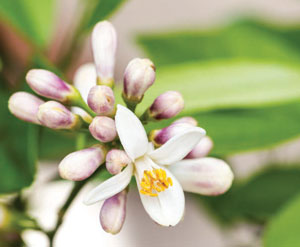 In addition to the fruit these plants produce, they have fragrant flowers and lush green foliage that will add freshness to any room.
In addition to the fruit these plants produce, they have fragrant flowers and lush green foliage that will add freshness to any room.
Starting off strong
There are several steps to take prior to purchasing your desired citrus tree. Be sure to buy your plant from a trusted nursery so you start off with a healthy, disease-free plant. If you want immediate results, choose an older plant; citrus trees take two to three years to produce favorable fruit. Be prepared for early harvests that contain small fruit with inconsistent results. Young plants are still setting their roots and preparing for heartier harvests in the future.
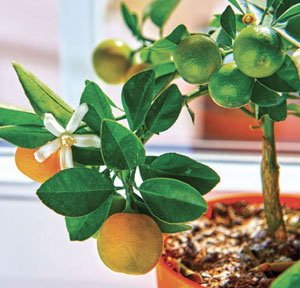 Once you bring your desired plant home, transplant it to a new pot. Choose a planter that is just larger than the root ball. A pot that is too big will have excess soil which will hold too much moisture. Make sure there are holes in the bottom for drainage, and if it has a drainage dish, fill it with stones to maintain good air circulation under the plant. You can increase the size of the pot as the plant grows. A larger pot allows for larger roots that will lead to a plant that produces more fruit. Never use a potting soil designed to hold moisture; instead use a blend specifically designed for growing citrus, or an equal mix of peat, sand, perlite and bark.
Once you bring your desired plant home, transplant it to a new pot. Choose a planter that is just larger than the root ball. A pot that is too big will have excess soil which will hold too much moisture. Make sure there are holes in the bottom for drainage, and if it has a drainage dish, fill it with stones to maintain good air circulation under the plant. You can increase the size of the pot as the plant grows. A larger pot allows for larger roots that will lead to a plant that produces more fruit. Never use a potting soil designed to hold moisture; instead use a blend specifically designed for growing citrus, or an equal mix of peat, sand, perlite and bark.
Proper care and feeding
Citrus trees aren’t your typical houseplant that you can put by a sunny window and hope for the best. They require a lot of maintenance.
Temperature. During the spring and summer months, your citrus plants can stay outside. They love a balcony, porch or terrace with good air flow but protection from damaging winds. The ideal temperature range favorable for growing and fruit production is between 75 and 90 degrees in the summer months and 60 and 70 degrees in the fall and winter. In Virginia, our fall and winter temperatures can drop below this optimal range, so you will have to bring your citrus indoors. Citrus plants do not like major shifts in temperatures; do not place your plants near exterior doors, drafty windows, radiators, heating vents, fireplaces or ovens.
Sunlight. Typically, a citrus tree needs eight hours of sunlight per day. Too much light can stress the tree, and it will stop growing. Not enough light and your plant won’t produce fruit. Choose a south or southwest facing spot in your home for your plant.
Watering. The most important aspect of caring for a citrus tree is watering. Your plants will require regular watering, and knowing signs of over-and under-watering is paramount to its success. Let the top two inches of soil dry out, then water your plant until it drains out the bottom. Citrus does not like to be dry. If you see soil pulling away from the pot, water sitting on top of the soil immediately after watering, or water than runs quickly through the pot, your plant needs more water. If your home is dry in the winter months, your plants will benefit from a good misting or a spot near a humidifier. Conversely, signs of poor drainage and too much water include a pot that is damp at the bottom, moist soil that never dries out, fungus gnats and yellow or drooping leaves. A moisture meter can aid in determining if your plant needs watering or not.
Pests. Similar to your other indoor plants, pests can be an issue. Before moving your citrus indoors for the fall and winter, give them a good rinse to remove any bugs that may be along for the ride. Keep them away from other houseplants and watch for spider mites, mealy bugs and aphids. Insecticidal soap and neem oil are both effective treatments for fighting pests on your citrus trees.
Fertilizer. Choose a fertilizer that is rich in nitrogen and created for citrus, or you can also use one designed for vegetables. Feed your plants every three weeks in the spring and summer and half as often in fall and winter months.
With consistent care and a watchful eye, your citrus plants will thank you with a bountiful harvest of lemons, limes, oranges or tangerines that you can enjoy from the comfort of your own home. Let the growing begin! ✦
Calamondin orange, Citrus, Dancy tangerine, dwarf varieties, fruit production, Key lime, Meyer lemon
